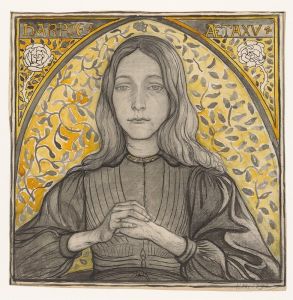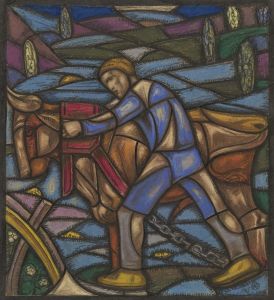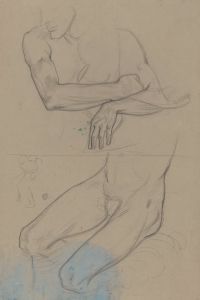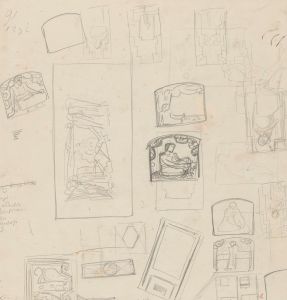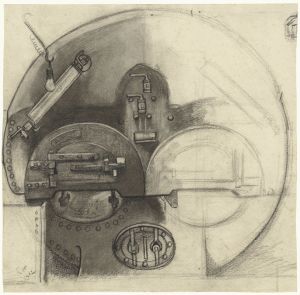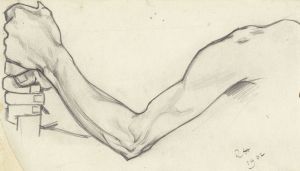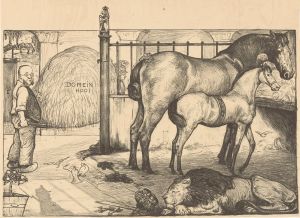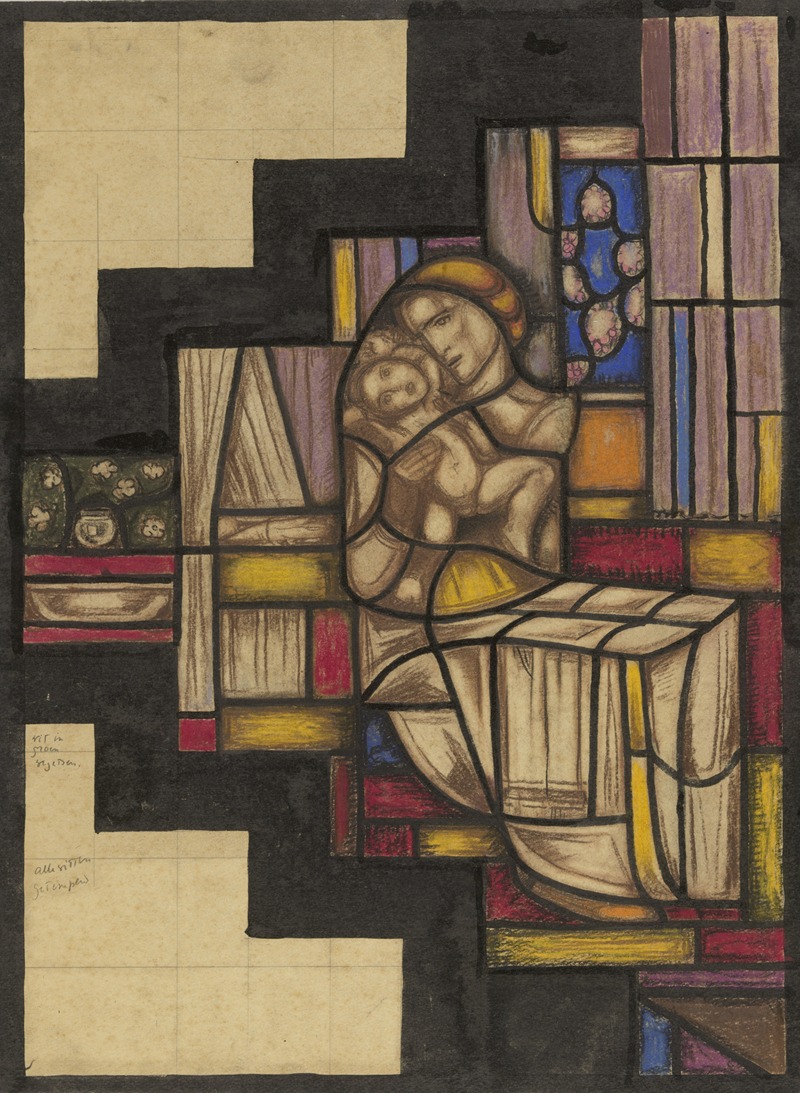
Ontwerp voor raam in het Nederlands Paviljoen op de tentoonstelling Arts Décoratifs te Parijs, 1925
A hand-painted replica of Richard Nicolaüs Roland Holst’s masterpiece Ontwerp voor raam in het Nederlands Paviljoen op de tentoonstelling Arts Décoratifs te Parijs, 1925, meticulously crafted by professional artists to capture the true essence of the original. Each piece is created with museum-quality canvas and rare mineral pigments, carefully painted by experienced artists with delicate brushstrokes and rich, layered colors to perfectly recreate the texture of the original artwork. Unlike machine-printed reproductions, this hand-painted version brings the painting to life, infused with the artist’s emotions and skill in every stroke. Whether for personal collection or home decoration, it instantly elevates the artistic atmosphere of any space.
Richard Nicolaüs Roland Holst, a prominent Dutch artist and designer, created the work Ontwerp voor raam in het Nederlands Paviljoen op de tentoonstelling Arts Décoratifs te Parijs, 1925 (Design for a Window in the Dutch Pavilion at the Exposition des Arts Décoratifs in Paris, 1925). This piece was specifically designed for the Dutch Pavilion at the 1925 International Exhibition of Modern Decorative and Industrial Arts, held in Paris. The exhibition is historically significant as it marked the global emergence of the Art Deco movement, showcasing innovative designs and craftsmanship from various countries.
Roland Holst was known for his contributions to the Dutch Arts and Crafts movement and his work often reflected a synthesis of traditional craftsmanship and modern aesthetics. The design for the window exemplifies his ability to integrate decorative art with architectural elements. While the exact details of the window's composition are not widely documented, it is understood that the design was intended to harmonize with the overall aesthetic of the Dutch Pavilion, which emphasized simplicity, functionality, and artistic integrity.
The Dutch Pavilion itself was a collaborative effort, featuring works by various Dutch artists and designers. It aimed to highlight the Netherlands' contributions to modern design and craftsmanship. Roland Holst's window design would have been part of this broader effort to present a cohesive and innovative vision of Dutch decorative arts on an international stage.
The 1925 Paris exhibition was a pivotal moment in the history of design, influencing the development of modern art and architecture. Roland Holst's participation in the event underscores his role as a key figure in early 20th-century Dutch art. However, specific visual or technical details about the window design are not extensively documented in available historical records.
This work reflects Roland Holst's broader artistic philosophy, which often sought to bridge the gap between art and everyday life. His designs frequently incorporated symbolic and narrative elements, though it is unclear to what extent these themes were present in this particular work.
Further research into archival materials or exhibition records may provide additional insights into the design and its reception at the time.





